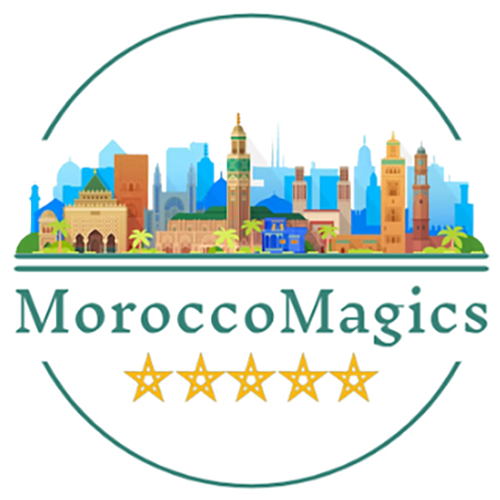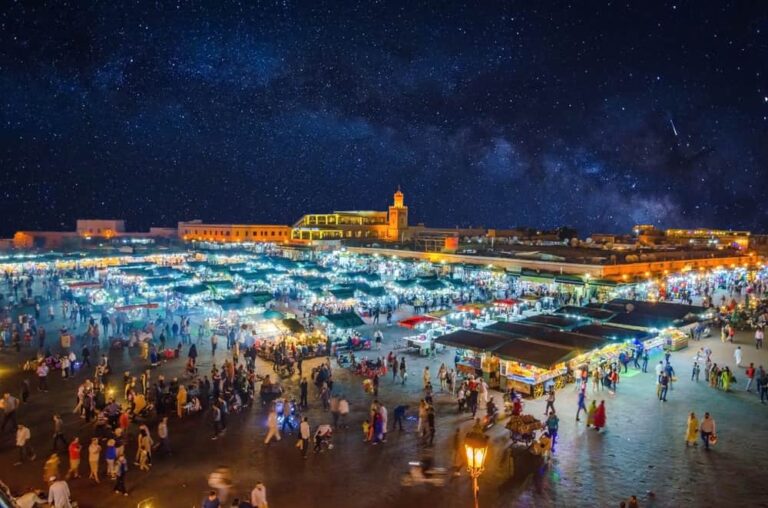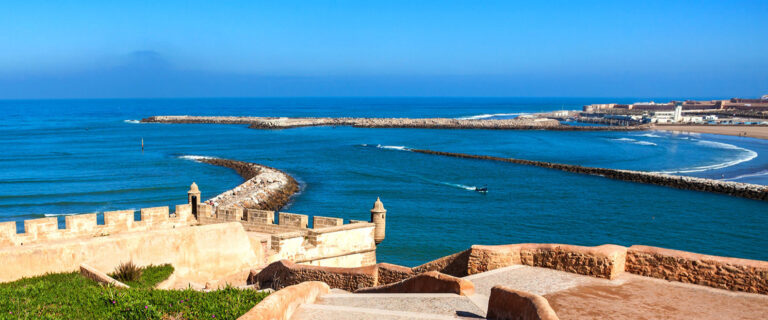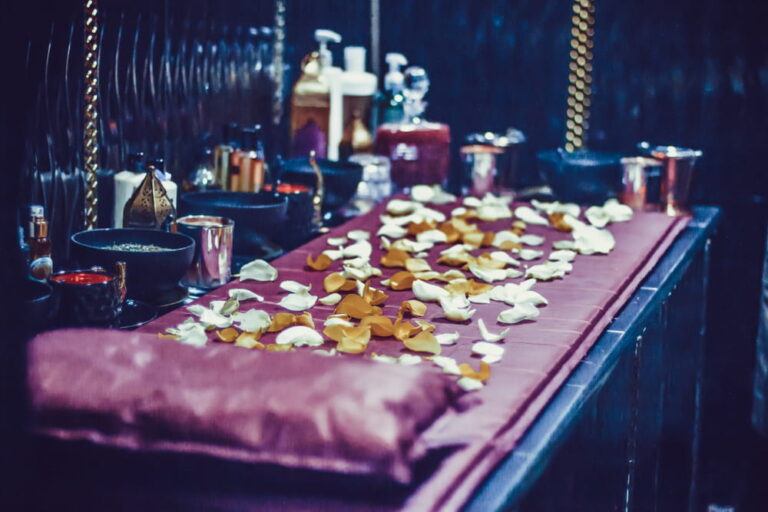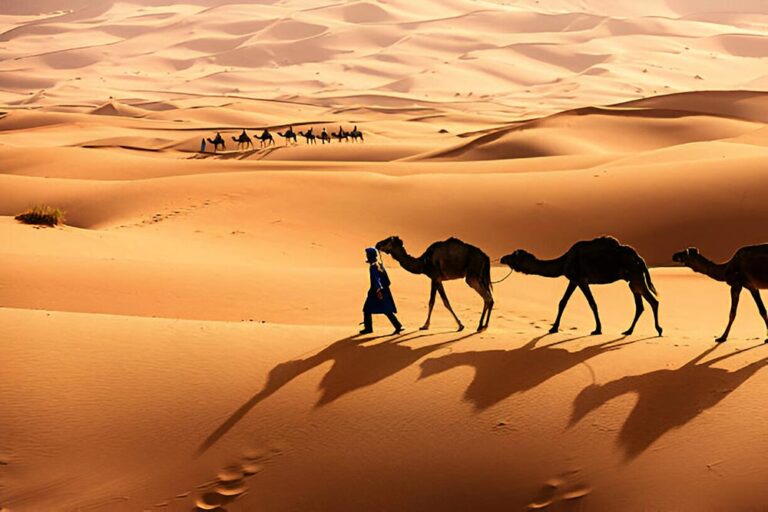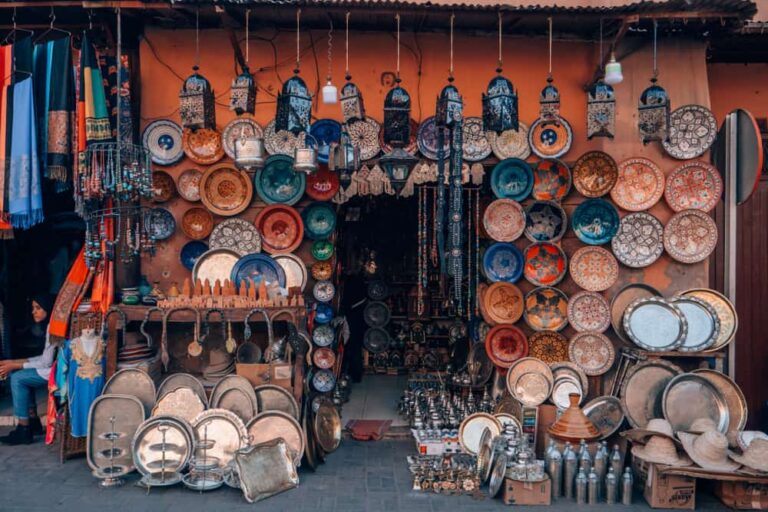Top Photography Destinations in Morocco Best Spots for Stunning Photos
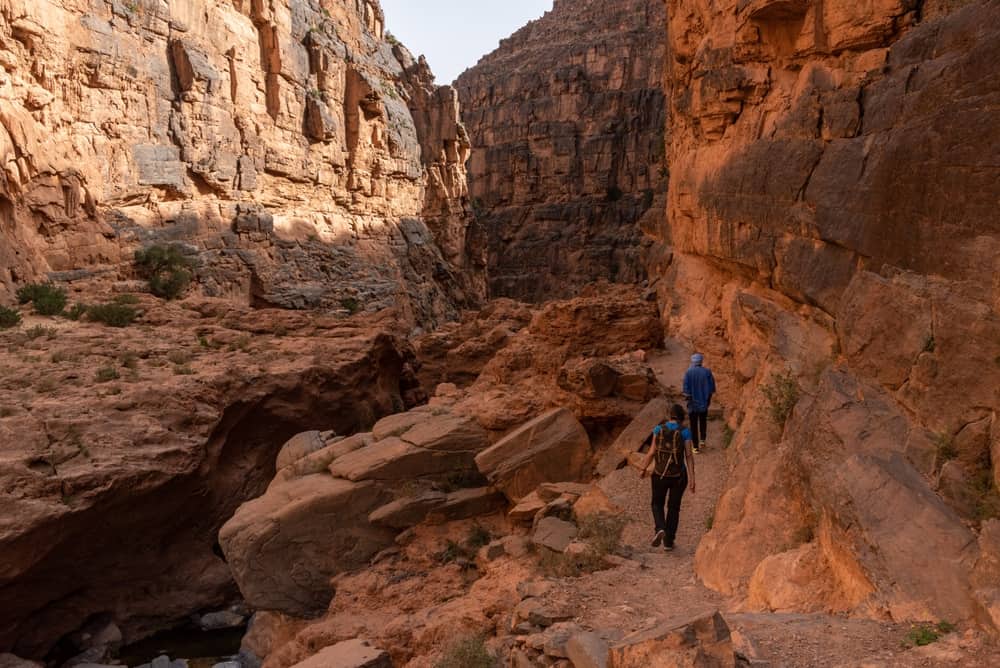
Morocco is a treasure trove for photographers. It boasts a variety of stunning landscapes and rich cultural sites. You can find golden deserts, towering mountains, and bustling cities. Each offers unique opportunities for amazing photos.
The Sahara Desert, with its vast dunes, is perfect for dramatic shots. The Atlas Mountains provide majestic peaks and lush valleys. Cities like Marrakech and Fez are full of colorful markets and ancient architecture. These places are a dream for any photographer.
Travel photography in Morocco has become very popular. Social media platforms like Instagram showcase breathtaking images from travelers. This trend helps others discover Morocco’s beauty.
Planning your photography trip to Morocco is crucial. Timing is everything. Early mornings and late afternoons offer the best light for photos. Different seasons bring unique elements to capture. For example, spring shows off blooming flowers, while winter adds a touch of snow to the mountains.
Having the right gear is also important. A good camera and lenses are a must. Don’t forget extra batteries and memory cards. A sturdy tripod helps with stable shots. Comfortable clothes and shoes are essential for exploring various terrains.
Iconic Landmarks: Must-Visit Locations for Photographers
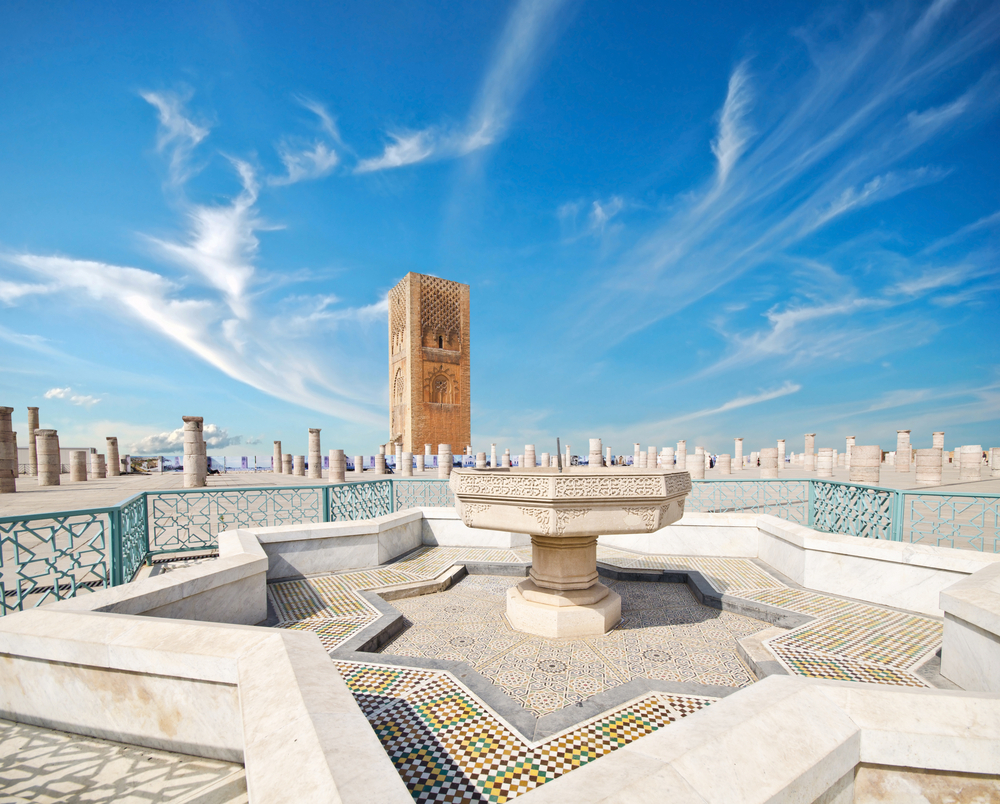
Hassan II Mosque: Architectural Marvels
The Hassan II Mosque in Casablanca is a grand masterpiece and a marvel of modern Islamic architecture. Its towering minaret, reaching 210 meters, is the tallest in the world and a beacon of faith visible from miles around. The mosque sits right on the edge of the Atlantic Ocean, giving photographers the chance to capture stunning views of the mosque with the sea as a backdrop.
The best time to visit is early in the morning or late in the afternoon. During these times, the light is soft and beautiful, casting gentle shadows that enhance the mosque’s intricate details. The morning light reflects off the ocean, creating a magical glow. The intricate tilework, marble floors, and cedar wood carvings are illuminated perfectly.
Inside, the mosque is just as breathtaking. The halls are filled with ornate tiles, chandeliers, and arches. Each detail is meticulously crafted, offering countless opportunities for stunning close-up shots. Don’t miss the prayer hall with its gigantic glass floor that gives a view of the seabed below.
Chefchaouen: The Blue Pearl of Morocco
Chefchaouen, nestled in the Rif Mountains, is a city like no other. Known as the Blue Pearl, its buildings are painted in various shades of blue. This unique color scheme creates a magical atmosphere for photography, making it a favorite spot for travelers and photographers alike.
Walking through the narrow, winding streets and alleys of Chefchaouen is a feast for the eyes. Each turn reveals charming doors, windows, and staircases, all painted in different hues of blue. The city’s vibrant colors provide endless opportunities for capturing striking photos. Try different angles and perspectives to highlight the contrast between the blue buildings and the colorful everyday life of the locals.
Early morning is the best time to visit Chefchaouen. The soft, gentle light enhances the blue tones of the buildings and creates long, interesting shadows. This also helps avoid the crowds, allowing for more peaceful and uninterrupted photography sessions. The local markets, or souks, are another highlight. They are filled with colorful textiles, spices, and crafts, adding to the vibrant palette of the city.
Street photography in Chefchaouen is a delight. The people are friendly and often willing to be photographed. Capture candid moments of locals going about their daily routines, or take portraits against the beautiful blue backdrop. Each photo will tell a unique story of this beautiful city.
The Medina of Fez: A Glimpse into History
The Medina of Fez, a UNESCO World Heritage site, is one of the world’s largest car-free urban areas. It offers a fascinating glimpse into Morocco’s rich history and culture. With its maze of narrow streets, bustling markets, and historical sites, Fez is a photographer’s paradise.
As you wander through the medina, you’ll encounter countless photo opportunities. The Al Quaraouiyine University, founded in 859 AD, is the world’s oldest continually operating educational institution. Its beautiful architecture and historic significance make it a must-visit spot. The Bou Inania Madrasa, with its stunning tile work and intricate carvings, is another highlight.
Capture the vibrant scenes of the local markets, or souks, where traders sell everything from spices and textiles to pottery and jewelry. The vibrant colors, lively atmosphere, and rich textures offer endless opportunities for dynamic and engaging photographs.
Photographing in the medina can be challenging due to the narrow streets and crowds, but it’s worth the effort. Use a wide-angle lens to capture the full scope of the bustling streets and towering buildings. Visit during the early morning or late afternoon to take advantage of the soft light and avoid the busiest times.
Scenic Views: Capturing Morocco’s Natural Beauty
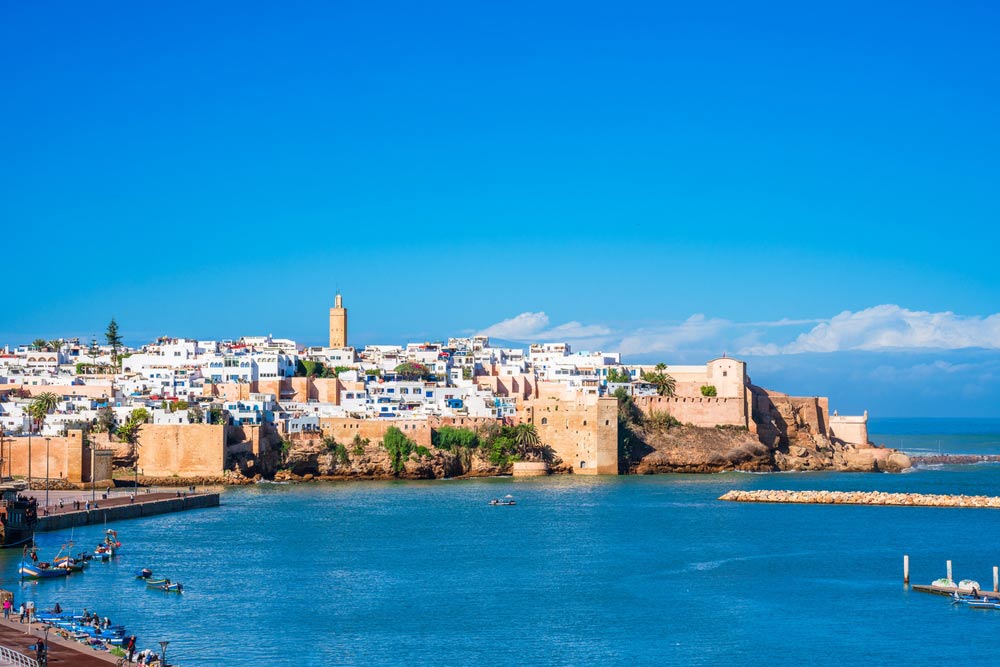
Sahara Desert: Golden Dunes and Starry Nights
The Sahara Desert is one of Morocco’s most iconic landscapes. Its vast, golden dunes stretch as far as the eye can see, creating a dramatic and otherworldly backdrop for photography. The best way to explore the desert is on a camel trek or a 4×4 tour, which takes you deep into the heart of the dunes.
One of the most magical times to photograph the Sahara is during sunrise and sunset. The low angle of the sun casts long shadows and bathes the dunes in warm, golden light. Capture the shifting patterns and textures of the sand as the wind creates ever-changing shapes.
Nighttime in the Sahara offers a completely different experience. With little to no light pollution, the desert sky is a canvas of stars. Bring a tripod and use long exposures to capture the Milky Way and constellations. The combination of the serene desert landscape and the star-filled sky creates stunning, ethereal images.
Atlas Mountains: Majestic Peaks and Verdant Valleys
The Atlas Mountains are a striking contrast to the Sahara’s desert landscapes. They offer lush valleys, snow-capped peaks, and traditional Berber villages. These mountains are perfect for landscape photography, with dramatic vistas at every turn.
Spring and autumn are the best times to visit the Atlas Mountains. In spring, the valleys are filled with blooming wildflowers, creating a colorful carpet against the backdrop of the mountains. In autumn, the changing leaves add warm hues to the landscape.
Capture the panoramic views from the mountain passes, such as the Tizi n’Tichka pass, which offers breathtaking vistas of the High Atlas. The traditional Berber villages, with their adobe houses and terraced fields, provide a glimpse into the region’s rich cultural heritage. The locals are often welcoming and may allow you to photograph their daily lives, adding a human element to your landscape shots.
Coastal Beauty of Essaouira: Ocean Views and Beyond
Essaouira, a charming coastal town, offers a different kind of scenic beauty. Its windswept beaches, fortified walls, and lively port make it a unique destination for photographers. The town’s relaxed atmosphere and artistic vibe add to its appeal.
Photographing the port at dawn is a must. The morning light illuminates the fishing boats and creates a serene scene. Capture the fishermen as they prepare for the day’s catch, or the gulls that flock to the area in search of food.
The medina of Essaouira, a UNESCO World Heritage site, is another highlight. Its narrow streets, whitewashed buildings, and blue doors and shutters provide a picturesque setting. The combination of the medina’s historic charm and the coastal views creates a unique and captivating backdrop for photography.
Hidden Gems: Off-the-Beaten-Path Photography Spots
Ouzoud Waterfalls: Nature’s Hidden Treasure
The Ouzoud Waterfalls are one of Morocco’s most beautiful natural attractions. Located in the Middle Atlas region, these falls cascade over 100 meters into a series of emerald-green pools. The lush surroundings and misty atmosphere make it a perfect spot for nature photography.
Different seasons offer unique opportunities to capture the waterfalls. In spring, the falls are at their fullest, surrounded by blooming wildflowers. In autumn, the changing leaves add a warm, colorful backdrop. The best viewing points are along the hiking trails that wind around the falls. These trails offer various angles and perspectives, allowing you to capture the full beauty of the cascades.
Bring a tripod to stabilize your camera for long exposure shots. This technique creates a smooth, silky effect on the flowing water. Don’t forget to explore the surrounding area, where you might spot monkeys and other wildlife, adding to the richness of your photos.
Todra Gorge: Dramatic Cliffs and Canyons
The Todra Gorge, located in the eastern part of the High Atlas Mountains, is a photographer’s dream. Its towering cliffs, which rise to 400 meters, create a dramatic and awe-inspiring landscape. The narrow canyon is a popular spot for rock climbing and hiking, offering plenty of opportunities for adventure photography.
Visit the gorge early in the morning or late in the afternoon when the light is soft and the shadows are long. This improves the textures and colors of the rocky cliffs. Capture the contrast between the red rocks and the green vegetation that grows along the riverbed.
The best way to explore the gorge is on foot. Walk along the river and find unique angles to photograph the towering cliffs. Use a wide-angle lens to capture the full scope of the landscape. The play of light and shadow creates a dynamic and ever-changing scene.
Village of Ait Benhaddou: Ancient Desert Fortress
Ait Benhaddou, an ancient fortified village located on the edge of the Sahara, is a UNESCO World Heritage site and a popular filming location for movies and TV shows. Its mud-brick buildings and winding streets transport you back in time, offering a unique and captivating setting for photography.
The village is best photographed during the golden hours of sunrise and sunset. The warm light enhances the earthy tones of the buildings and creates long, dramatic shadows. Capture the village from across the river for a panoramic view that includes the surrounding desert landscape.
Explore the narrow streets and alleys of Ait Benhaddou to find unique perspectives and details. The doors, windows, and decorations of the buildings offer interesting subjects for close-up shots. Climb to the top of the village for a breathtaking view of the entire area.
Practical Tips for Capturing Stunning Photos in Morocco
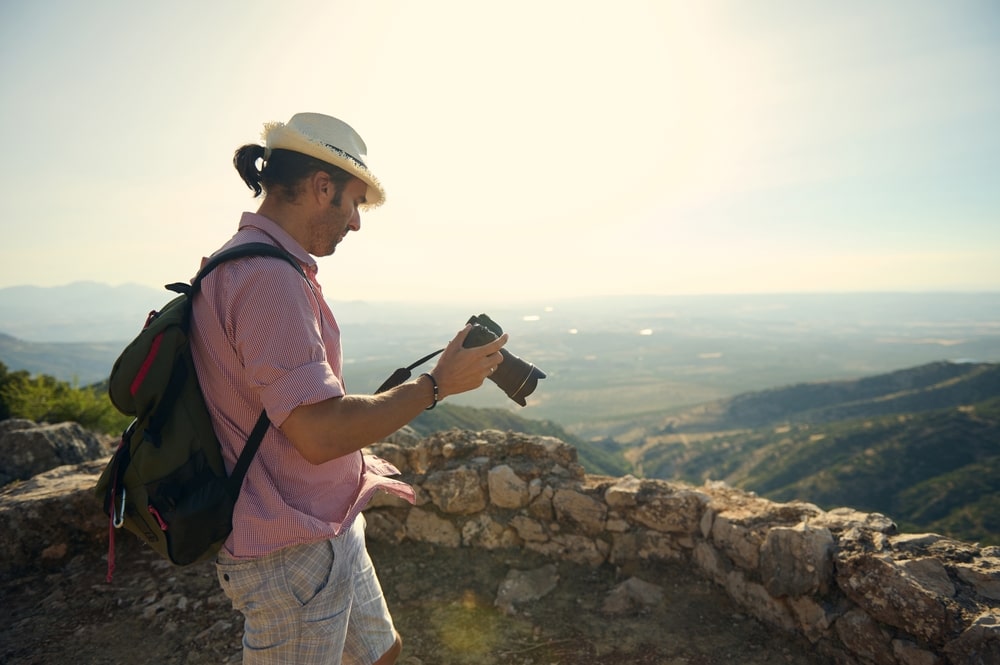
Best Times to Visit for Optimal Lighting
The best time to photograph Morocco is during the golden hours of sunrise and sunset. The light is soft and warm, creating beautiful shadows and highlights. Early mornings and late afternoons are also less crowded, allowing for more peaceful photography sessions.
Spring and autumn are ideal seasons to visit. In spring, the landscapes are lush and green, with blooming flowers adding vibrant colors. In autumn, the temperatures are mild, and the changing leaves create a warm, golden hue.
Recommended Photography Gear for Morocco
A good camera and lenses are essential for capturing the beauty of Morocco. A wide-angle lens is perfect for landscapes and architecture, while a telephoto lens helps capture distant subjects. A sturdy tripod is necessary for stable shots, especially in low-light conditions.
Don’t forget extra batteries and memory cards. Morocco’s diverse landscapes and vibrant cities offer endless photo opportunities, so it’s important to be prepared. A camera bag that can carry all your gear and protect it from dust and sand is also a must.
Safety and Etiquette Tips for Photographers
Respect the local culture and customs when photographing in Morocco. Always ask for permission before taking pictures of people, especially in rural areas. Be mindful of religious sites and avoid photographing prayer sessions or private moments.
Stay aware of your surroundings and keep your gear secure. Busy markets and crowded streets can be challenging, so it’s important to stay vigilant. Using a camera strap and keeping your equipment close can help prevent theft.
Conclusion
Morocco offers a wealth of photography opportunities, from iconic landmarks like the Hassan II Mosque and Chefchaouen to hidden gems like the Ouzoud Waterfalls and Ait Benhaddou. Each location provides unique and captivating scenes that will enrich your photography portfolio.
Plan your trip carefully, considering the best times and seasons for photography. Bring the right gear and be prepared for different environments. Respect the local culture and stay safe while exploring.
Ready to capture the magic of Morocco? Start planning your photography adventure today. Don’t forget to share your stunning shots and experiences with fellow travelers and photographers. Your journey will inspire others to explore and appreciate the beauty of Morocco.
